Compare Kaby Lake and Sky Lake
Tick tock is the strategy that Intel uses to rotate between production microprocessors based on advancements in die size miniaturization of process technology, ticks represent the die size miniaturization of previous microarchitectures. , tock represents a newly born microarchitecture.
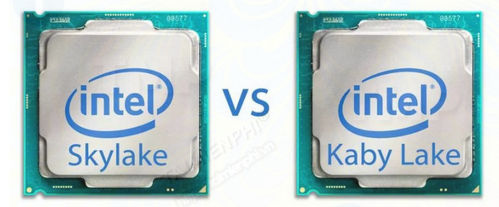
Intel's 5th generation processors are 'tick' and 6th generation Sky Lake processors are ' Tock '. It's time for Intel to move to another 'tick'. Previously, Intel's plan was to switch from Sky Lake to Cannon Lake, using the 10nm process, but this delay caused Intel to launch another "tock" instead, which is why Kaby Lake processors launched, using 14nm process, improved and optimized a number of features to improve the performance of this 7th generation processor compared to 6th generation processors. Sky Lake. Specifically, how the performance is improved, let's compare Kaby Lake and Skylake with TipsMake to be able to choose the most suitable CPU for your computer.
Compare Kaby Lake and Sky Lake
Price
Price depends on model.
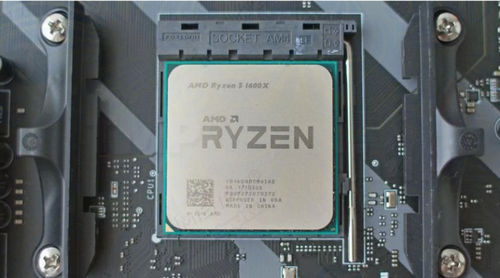
New features on Kaby Lake
Basically, the 7th generation Intel Core Kaby Lake processors only optimize the 6th generations. For computers, both use the same LGA 1151 socket , and you can add Kaby Lake processors. to a motherboard running a Sky Lake chip (and using the same CPU cooler).
However, Kaby Lake adds some new features, so it is not the ideal solution because the 100-series chipset does not support these features.
The best way is to combine the Kaby Lake chip with a motherboard using a 200-series chipset.
4K videos
First, Kaby Lake has an upgraded graphics chip that supports HEVC encoding and decoding. This is the latest video codec designed for 4K videos, meaning the Kaby lake chip will allow watching videos on Netflix, Amazon and any other 4K videos in HEVC format. In addition, Kaby Lake also supports VP9 decode - Google's codec designed to compete with HEVC.
Since GPU loading is handled here, the CPU core can be used to process other tasks, so watching videos on your computer will not stop.
Kaby Lake also supports HDCP 2.2, which is simply copyright protection used for 4K video, and you'll need it to connect to a compatible display and watch copyright-protected UHD content.
Kaby Lake supports both HEVC and VP9, which means the processor doesn't have to work as hard on the Sky Lake chip (which uses the CPU core to decode video), so it can extend laptop battery life longer. when watching 4K videos. According to Intel, in fact Kaby Lake can extend laptop battery life by up to 260%.
Optane
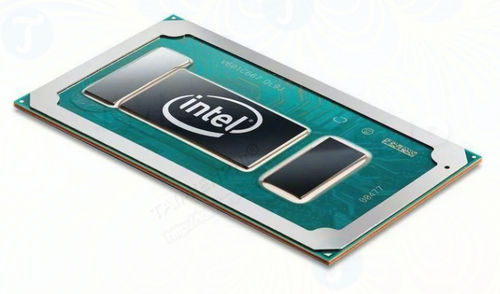
The second is that Kaby Lake supports Intel's new Optane memory. This memory is like an NVMe SSD but faster and located in the same M.2 slot on the motherboard. Optane is only compatible with the Z270 chipset, which requires a Kaby Lake CPU (you can run Sky Lake processors in the Z270 board but can't use Optane memory).
Efficiency
Third, Kaby Lake performs better than Sky Lake. This isn't a big deal, it's just a slight improvement.
Base clock speed and Turbo Boost clock speed are also higher than Sky Lake processors.
Although it takes benmarch tools to see a difference for most applications, you won't have any trouble seeing improvements in 3D graphics performance, at least. for mobile chips.
Kaby Lake U-series processors feature Intel Iris Plus graphics that promise 65% better performance than the GPUs in comparable Sky Lake chips.
PCIe lane
Sky Lake processors have 20 lanes communicating with the PCH (Platform Controller Hub), Kaby Lake has twice the number of lanes as Sky Lake. With 16 PCIe lanes on the processor, the Kaby Lake system has 40 PCIe lanes.
USB and Thunderbolt
These special lanes are important, PCIe is used for storage because SATA speeds are limited.
Kaby Lake also supports the latest version of USB-C (USB 3.1 Gen 2), which means speeds up to 10Gb/s higher than Sky Lake 5Gb/ and Thunderbolt 3.0.
Kaby Lake systems can have up to 14 USB 2.0 and 3.0 ports and 3 PCIe 3.0 storage slots.
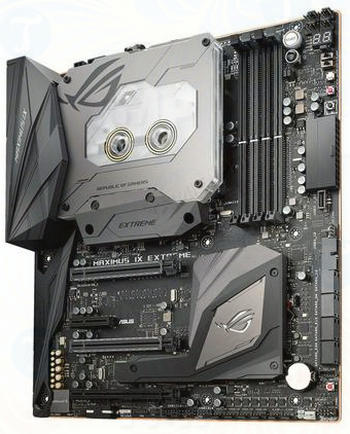
Change the naming of low power consumption chips
Intel made a change in the way they named low-power chips on mobile devices like laptops, removing Core m5 and Core m7 and converting these two 4.5W chips to Core i5 and Core. i7.
Because the 4.5W CPU is also known as the Y-series Kaby Lake chip, it consumes less power than the U-series.
To check the CPU temperature in your computer, you can use CPU Z software to support. CPU Z displays complete hardware information and especially shows what the current CPU temperature in the computer is. Users take timely measures to handle use.
Choose Kaby Lake or Sky Lake
Obviously, if given a choice between a computer and a laptop of equal price, and one uses Sky Lake CPU, the other uses Kaby Lake, users will choose to use Kaby Lake.
With laptops with integrated graphics, you'll find better Kaby Lake performance thanks to the Iris Plus GPU and longer battery life when watching 4K Netflix videos.
In addition to Kaby Lake and Sky Lake, users also have access to Ice Lake, Intel's 9th processor. If you are interested, you can learn about Ice Lake here.
Clock comparison table between Sky Lake and Kaby Lake Y series:
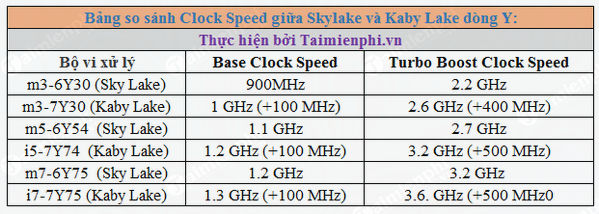
Clock comparison table between Sky Lake and Kaby Lake U series:
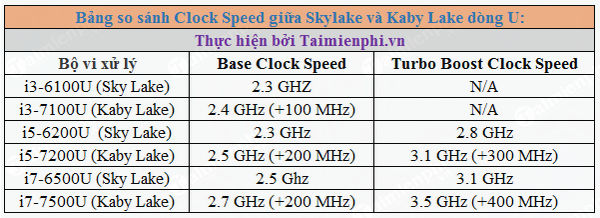
Above TipsMake has just introduced and compared Kaby Lake and Sky Lake, hoping you will consider and make the right choice for yourself when choosing to use Kaby Lake or Sky Lake to be able to install CPU and RAM yourself. your desktop computer, PC in the most accurate way, compatible with the parts, optimizing system performance. If you are not confident in your experience, do not install the CPU yourself, ask someone with experience. Please.
How to install the CPU is shared a lot on the internet today, however not everyone has the most effective and accurate way to install the CPU. The best way is to practice how to install the CPU yourself on your device, from there. You will realize more experiences for yourself.
You should read it
- Intel keeps its promise, releases Windows 11 driver package for Kaby Lake G CPU series with Vega USA
- Lake in the sea of Mexico - where there is absolutely no life
- PC with Skylake and Kaby Lake CPUs failed to restart automatically after installing Meltdown & Specter patch
- Asus officially supports Windows 11 on 6th and 7th generation Intel Skylake/Kaby Lake LGA1151 CPUs
- Ancient salt lake suddenly turned pink full of mystery in China
- Mysterious lake 'death' in Africa robbed more than 1700 lives in one night
- Lake caused by meteorite fell from 52,000 years ago disturbing the compass
- CES 2020: Intel unveils Tiger Lake CPU, promising 'badass' graphics processing performance
- 6 ideal natural tourist lakes in Florida
- Intel's 8th generation processor 'darts' delicious 4K videos
- Divers discover a 3,000-year-old underwater castle in Turkish lake
- The largest hot water lake in the world, boils all year round and fumes
May be interested

How to mine Bitcoin and earn Bitcoin for beginners from A to Z

Complete guide to bitcoin mining for beginners

Node. What is js? Download Node js for computers and laptops

What is G Suite? Concepts and service packages

What is DirectX and why is it so important?

GPT partition, What is GUID?, Compare GPT with MBR






 Intel keeps its promise, releases Windows 11 driver package for Kaby Lake G CPU series with Vega USA
Intel keeps its promise, releases Windows 11 driver package for Kaby Lake G CPU series with Vega USA PC with Skylake and Kaby Lake CPUs failed to restart automatically after installing Meltdown & Specter patch
PC with Skylake and Kaby Lake CPUs failed to restart automatically after installing Meltdown & Specter patch Asus officially supports Windows 11 on 6th and 7th generation Intel Skylake/Kaby Lake LGA1151 CPUs
Asus officially supports Windows 11 on 6th and 7th generation Intel Skylake/Kaby Lake LGA1151 CPUs Intel's 8th generation processor 'darts' delicious 4K videos
Intel's 8th generation processor 'darts' delicious 4K videos Lake in the sea of Mexico - where there is absolutely no life
Lake in the sea of Mexico - where there is absolutely no life Intel released a new patch to fix the Specter and Meltdown vulnerabilities
Intel released a new patch to fix the Specter and Meltdown vulnerabilities